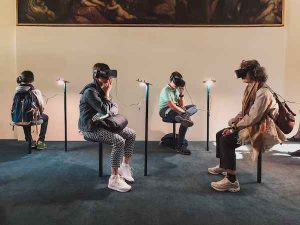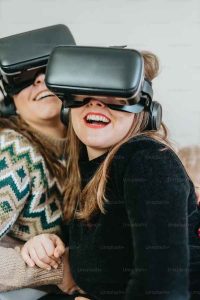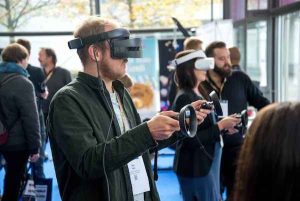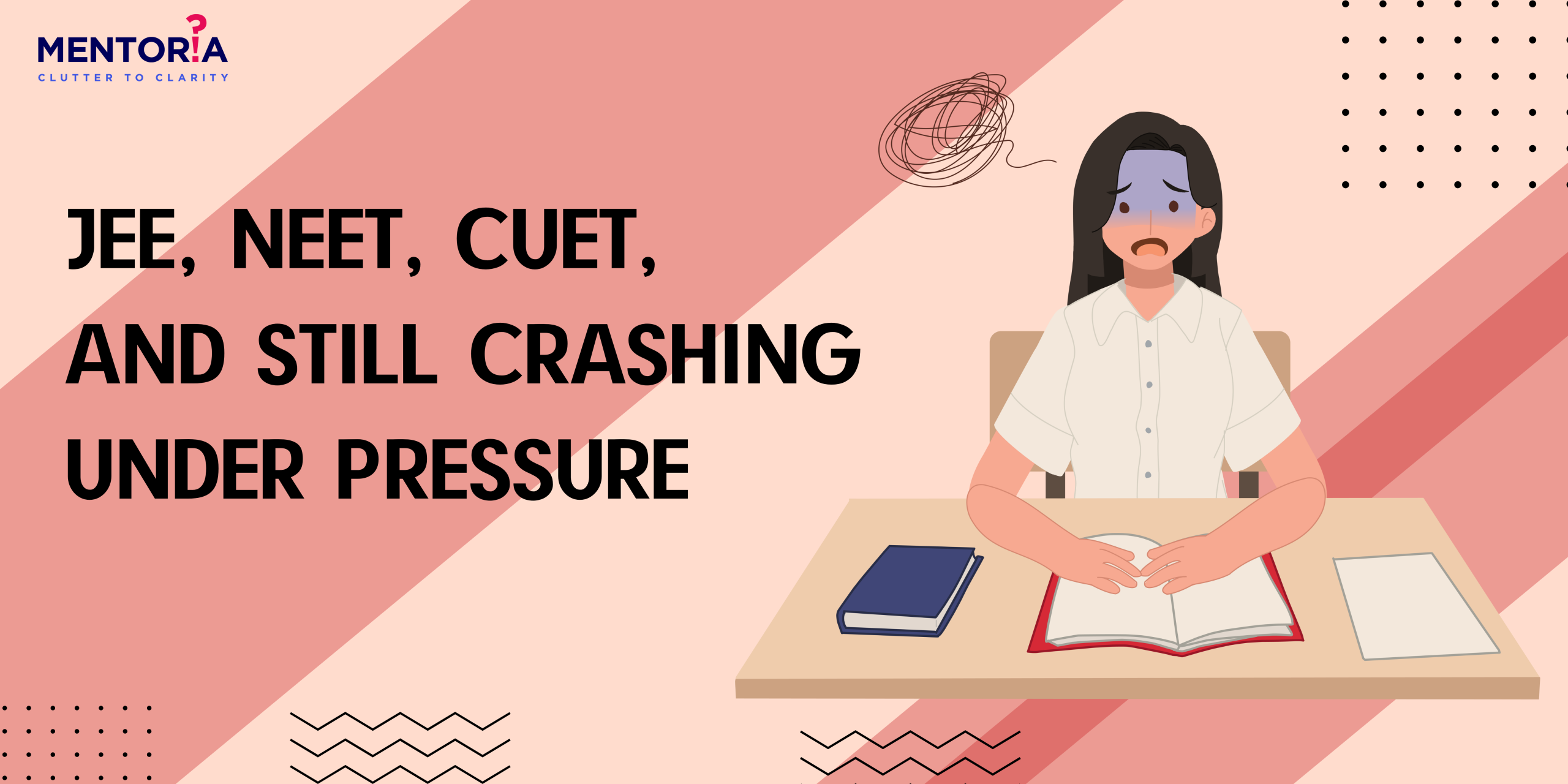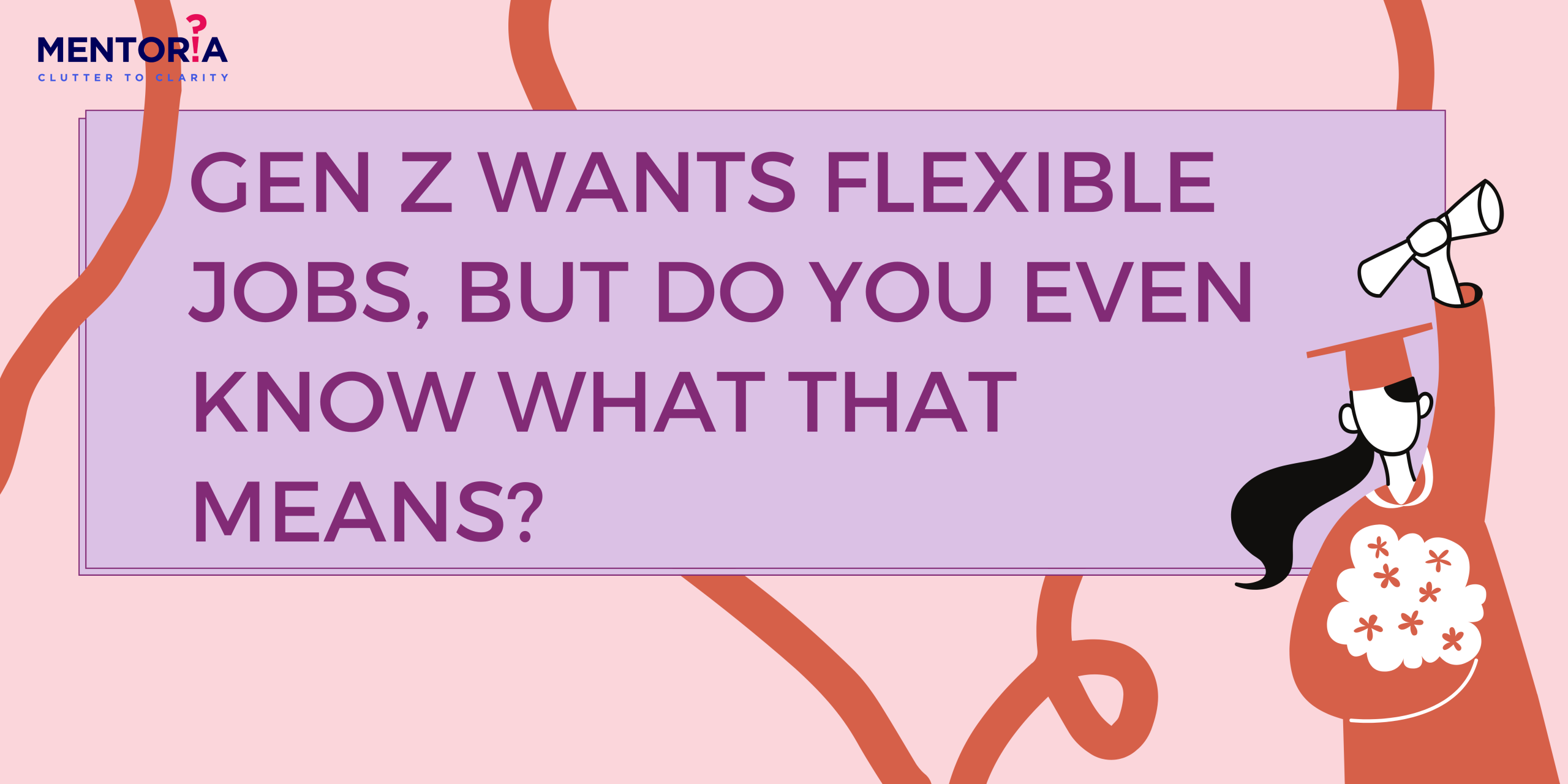Stepping Into The Future: Power Of Virtual Reality (VR) And Augmented Reality (AR) In Education

Jump to Section
Welcome to a world where learning becomes an immersive adventure, where textbooks come to life, and where you can explore the depths of the ocean or travel back in time without leaving your classroom. We’re diving headfirst into the realm of Virtual Reality (VR) and Augmented Reality (AR) and uncovering their transformative impact on education. Buckle up and get ready to experience education like never before!
Opening The Gates: An Introduction To VR And AR
Let’s kick things off by understanding the basics. What exactly are Virtual Reality (VR) and Augmented Reality (AR)? How do they differ, and what makes them so special? We’ll delve into the definitions, concepts, and technologies behind VR and AR, giving you a solid foundation to explore their educational applications.
What Is VR?
Virtual Reality (VR) creates a simulated environment that immerses users in a computer-generated, three-dimensional world. By wearing a VR headset, users are transported to a virtual space where they can explore and interact with the digital environment. VR technology stimulates the senses, providing a sense of presence and making users feel like they are truly inside the virtual world.
VR, or Virtual Reality, refers to a computer-generated simulation of a three-dimensional environment that can be interacted with and experienced by an individual through a headset or goggles. VR immerses users in a simulated world, often providing a sense of presence and enabling them to explore and interact with virtual objects.
Examples of VR applications include:
- Gaming: VR gaming provides an immersive and interactive experience, allowing players to enter virtual worlds and interact with the game environment.
- Training and Simulation: VR is used in various industries for training purposes, such as flight simulators for pilots or surgical simulations for medical professionals.
- Education and Virtual Tourism: VR can enhance learning experiences by allowing students to explore historical sites, visit museums, or visualise complex concepts.
The growth of VR has been significant in recent years. According to Statista, the global VR market was valued at around $6.1 billion in 2020 and is projected to reach over $20.9 billion by 2025, representing a compound annual growth rate (CAGR) of about 28.5%.
What Is AR?
On the other hand, Augmented Reality (AR) overlays digital content onto the real world, enhancing our perception and interaction with the physical environment. AR is typically experienced through smartphones, tablets, or AR glasses, which overlay digital images, videos, or information onto the user’s real-time view. AR enhances the real world by adding virtual elements, such as 3D objects, animations, or contextual information, seamlessly blending the virtual and physical realms.
AR, or Augmented Reality, is a technology that overlays digital information, such as virtual objects or data, onto the real world. Unlike VR, which creates a completely immersive experience, AR enhances the real world by adding digital elements to it, usually through a smartphone or tablet camera.
Examples of AR applications include:
- Mobile Apps and Games: AR is used in various mobile apps and games to overlay virtual objects onto the real environment, creating interactive experiences.
- Retail and E-commerce: AR is utilised by retailers to allow customers to virtually try on clothes, visualise furniture in their homes, or preview products before purchase.
- Navigation and Wayfinding: AR can provide real-time information and directions in the physical world, making it useful for navigation or finding points of interest.
The growth of AR has also been remarkable. According to Market Research Future, the global AR market was valued at approximately $7.6 billion in 2020 and is expected to reach over $77.0 billion by 2026, with a CAGR of around 41.3%.
Difference Between AR And VR
What sets VR and AR apart is the level of immersion and interaction they offer. VR completely transports users to a virtual world, while AR enhances the real world with digital overlays. VR creates an isolated and immersive experience, whereas AR enriches our everyday reality. Both technologies have the power to revolutionise various industries, including gaming, entertainment, education, healthcare, architecture, and more.
Breaking Free From The Classroom Walls: Immersive Learning Experiences
Say goodbye to traditional classrooms and hello to virtual worlds. With VR and AR, education breaks free from the constraints of physical spaces. Imagine wandering through ancient civilizations, dissecting virtual organisms, or conducting complex chemistry experiments—all within a virtual environment. VR and AR offer immersive learning experiences that engage students on a whole new level.
From Passive Observers To Active Participants: Hands-On Learning
Gone are the days of passively absorbing information. VR and AR put students at the centre of the action, transforming them from observers to active participants. We’ll explore how these technologies enable interactive learning, where students can manipulate objects, solve problems, and collaborate with peers. It’s a hands-on approach that sparks curiosity and fuels deeper understanding.
Making Learning Fun: Gamification And Interactive Simulations
Learning doesn’t have to be a dull affair. VR and AR inject a healthy dose of fun into the educational journey. We’ll discover how gamification elements and interactive simulations enhance engagement and motivation. Whether it’s solving puzzles, embarking on virtual quests, or simulating real-world scenarios, VR and AR turn learning into an exciting adventure.
Bridging The Gap: Overcoming Learning Barriers
Education should be accessible to all, regardless of physical, geographical, or cognitive limitations. VR and AR bridge the gap by providing inclusive learning experiences. These technologies support students with disabilities, offer virtual field trips for remote learners, and create a level playing field where everyone can thrive.
Empowering Educators: Tools For Dynamic Teaching
It’s not just students who benefit from VR and AR—educators have a whole new set of tools at their disposal. We’ll explore how teachers can design interactive lessons, personalise instruction, and provide real-time feedback using VR and AR. These technologies empower educators to create dynamic learning environments that cater to the needs and interests of each student.
Realising The Potential: Success Stories And Case Studies
Let’s dive into real-life examples of how VR and AR are revolutionising education. We’ll explore case studies from schools and institutions worldwide, highlighting their success stories and the positive impact on student engagement, retention, and overall learning outcomes. Get inspired by these transformative experiences and envision the endless possibilities for your own educational journey.
Learn AR And VR With Mentoria!
You’ve taken a captivating journey through the role of Virtual Reality (VR) and Augmented Reality (AR) in education. From immersive learning experiences and hands-on interactions to gamification and inclusive education, VR and AR have the power to transform the educational landscape. As you step into the future, embrace the potential of these technologies and imagine the possibilities they hold. Get ready to embark on an educational adventure like never before! Remember, the only limit is your imagination. So, put on your virtual goggles and explore the boundless opportunities that await you in the world of VR and AR. Happy learning!
We’re here to provide you with all the help! Kick-start your journey with Mentoria and discover the right fit for you. Feel free to call us to speak to our career mentors and choose the right guidance plan that suits your needs.
Mentoria’s career guidance programme enables you to choose your perfect fit from 3 streams, 850+ courses, and 12,000+ careers, and discover what will bring out the best in you.
